How to Use a Tourniquet
Tourniquets aren't complicated devices; you simply need to know a few extra things beyond how to apply a tourniquet. Get ready to learn where to place a tourniquet, when and when not to use one, and how these devices work on children and dogs.
Where to Place a Tourniquet
A tourniquet needs to be placed high on the extremities. Despite what some manuals and classes state, this is the easiest and most effective place for a tourniquet. And no, the victim won't lose the limb and turn into a peg-legged pirate, so you have no reason not to go high and tight! When you place a tourniquet on the lower part of the limbs, it's challenging to cinch all the arteries against two bones. Another reason to go high is while the lower arm has two arteries, the upper arm only has one. So placing tourniquets high on the limb makes your life easier!

Need an in depth explanation on what is a tourniquet? We've got you covered!
When to Deploy a Tourniquet
Tourniquets are for life-threatening, external damage to limbs. Everything from a gash to a severed arm, which isn't recommended (shocker), falls into this category. If possible, you should apply the tourniquet immediately following the injury. A few signs that you need a tourniquet include: spurting blood, massive blood loss, bright red blood, or a severed limb. Tourniquets should also be used when a limb is trapped under debris and cannot be reached to administer first aid.
When Not to Use a Tourniquet
Tourniquets were explicitly created for the limbs. If the injury is on the groin, armpit, chest, neck, or head, you will need a different approach to stop the bleed. Wound packing and pressure dressing are required for groin and armpit wounds. Your chest and neck need vented chest seals rather than packing, especially if it's a puncture or penetrating injury. Without chest seals, air can enter through these wounds and risk collapsing the lungs and placing dangerous tension on the heart. Unfortunately, this doesn't refer to "am I in love" stress, but "am I having a heart attack" pressure. It can cause cardiac arrest. For head wounds, apply direct pressure with a clean cloth or gauze, stabilize the head, and keep it in line with the spine.
How to Use a Tourniquet on Kids

Some tourniquets have difficulty or are entirely unable to provide enough pressure to utilize on children since their limbs are smaller than their adult counterparts'. This applies to CAT, SOF-T, and SAM TQs because they all have a stiff plastic piece that won't bend around small extremities. An additional factor to be aware of is that muscles can relax under the tourniquet. When this happens with these tourniquets, the device may lose sufficient compression to keep the bleeding at bay. This applies to both children and adults with possibly lethal consequences.
Two tourniquets that will work on kids are the RATS and SWAT-T tourniquets. These devices are long, stretchy bands that wrap around the afflicted limb to abate bleeding. These devices can maintain pressure and continue restricting blood flow when it comes to muscle relaxation, in addition to their rapid application.
How to Use a Tourniquet on Dogs
Like on kids, it may be challenging to use a CAT, SOF-T, or SAM TQ on dogs because of the inflexible plastic bit. Another reason these tourniquets are difficult to use on canines is because of their tapered anatomy. Even if the device stops the bleeding, these devices can slip down on the leg and are even more prone to slippage during transport.

While there are three ill-advised tourniquets for your doggo, three will work wonderfully. First, the K-9 tourniquet is specifically designed for a dog's anatomy and has traction technology that keeps the tourniquet from slipping. This is especially useful since tourniquets and pressure bandages designed for humans tend to slip on dogs.
The other two canine-compatible tourniquets work on humans and animals of various sizes, elephants excluded. The RATS and SWAT-Ts are both quite effective on dogs for the same reasons they work on children.
Need more info on first aid for furry friends? Read Dog First Aid: From Kits to Know-How!
One Last Tourniquet Tip
While carrying a single tourniquet makes you more prepared than the average Joe, having two on hand is even better. If the first tourniquet fails to stop the bleeding, doesn't work on the patient's anatomy, the victim has numerous life-threatening injuries, or there are multiple victims, you'll need at least two different types of tourniquets on hand.
Congratulations, you've added some vital information to your tourniquet database! Now you're one step closer to being a first aid connoisseur.
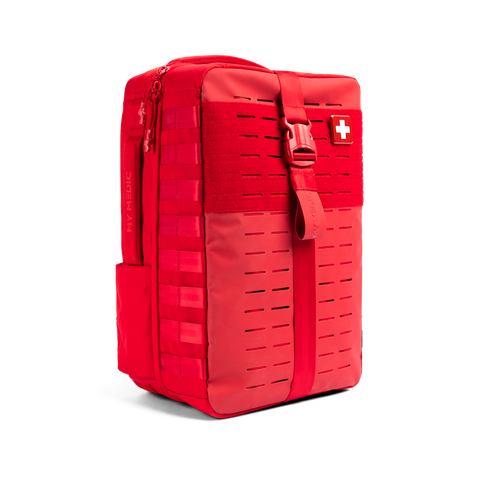 NEW ARRIVALS
NEW ARRIVALS
 BEST SELLERS
BEST SELLERS
 SUPERSKIN™
SUPERSKIN™
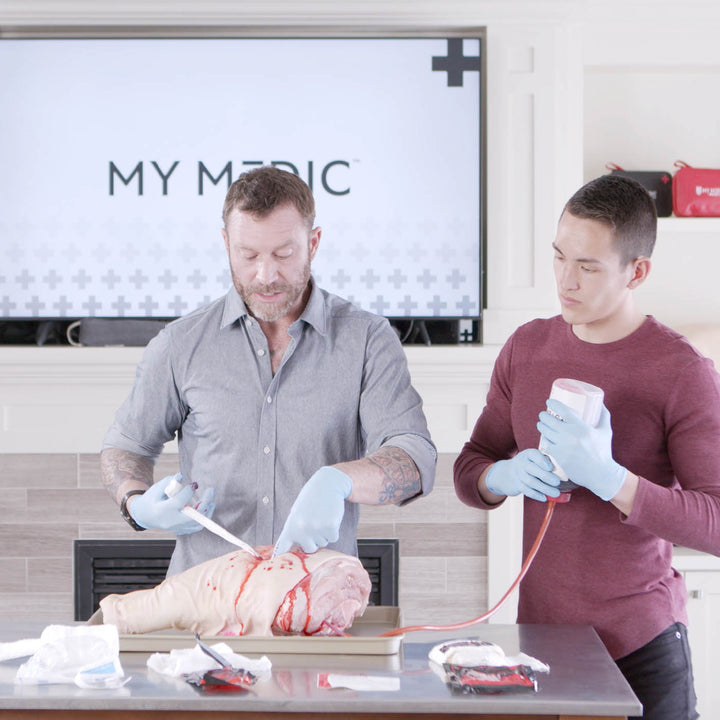 COURSES
COURSES
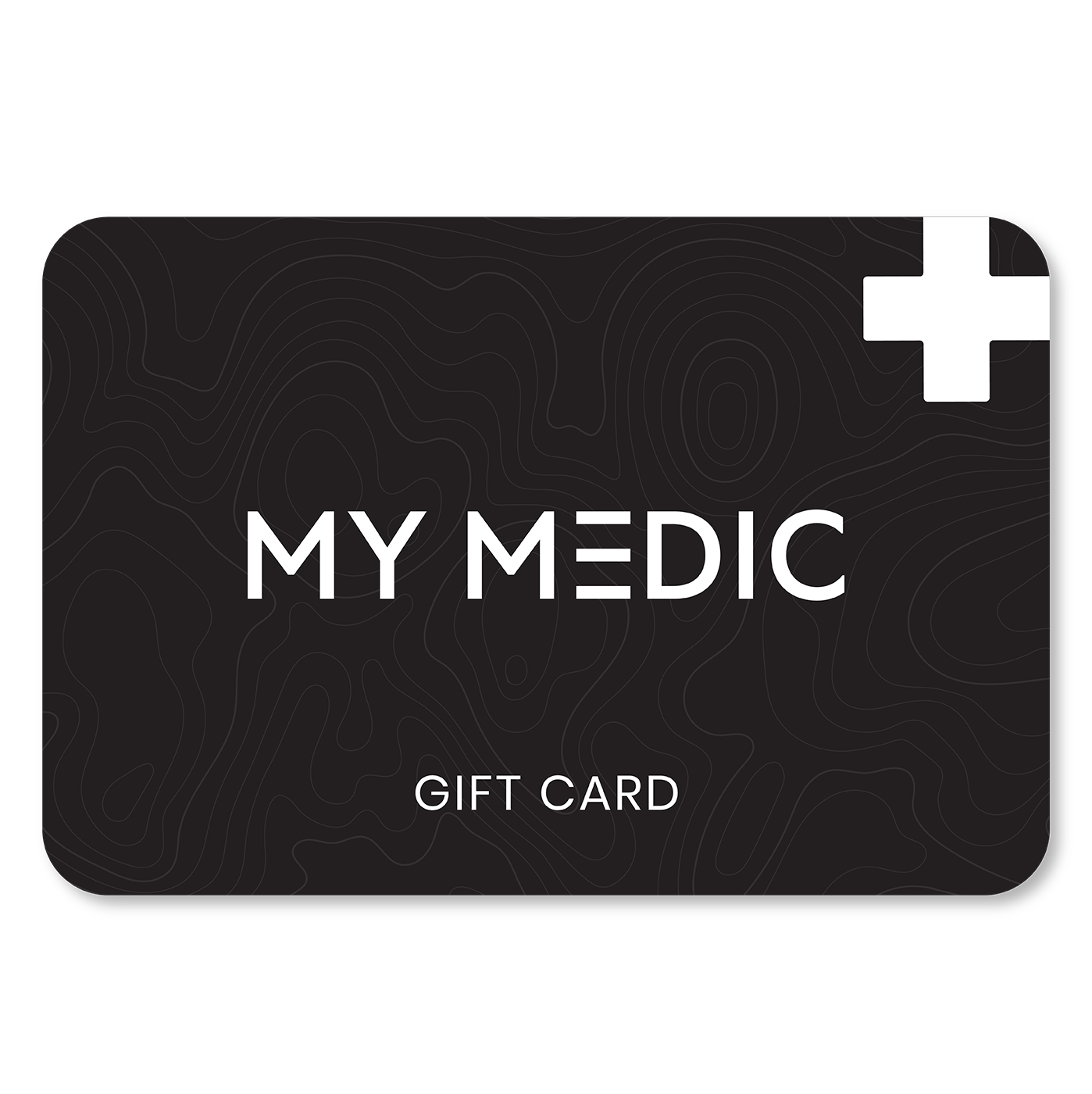 GIFT CARDS
GIFT CARDS
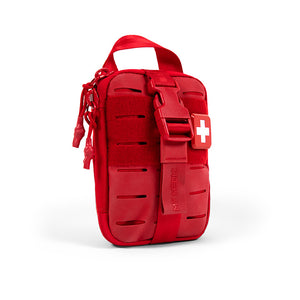 The MyFAK Collection
The MyFAK Collection
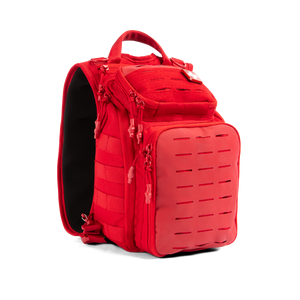 Specialty
Specialty
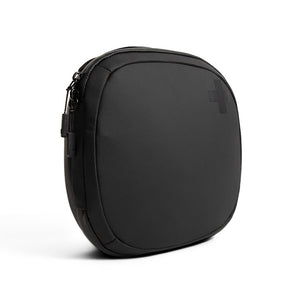 The Ready Collection
The Ready Collection
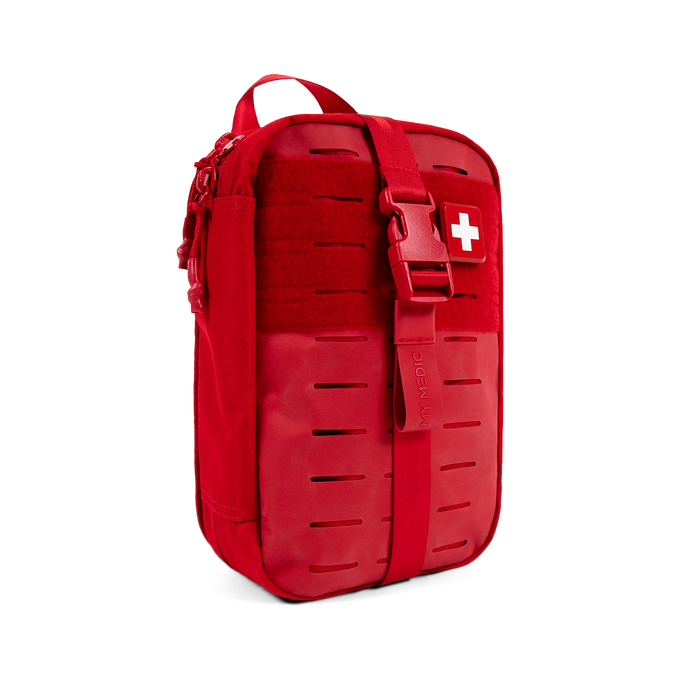
 BLEED
BLEED
 OUTDOOR
OUTDOOR
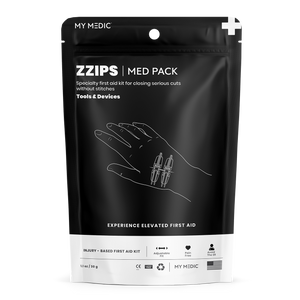 TOOLS & DEVICES
TOOLS & DEVICES
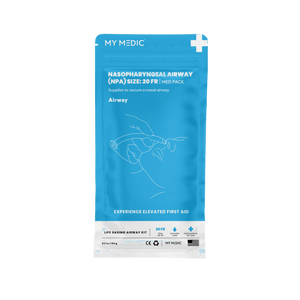 AIRWAY
AIRWAY
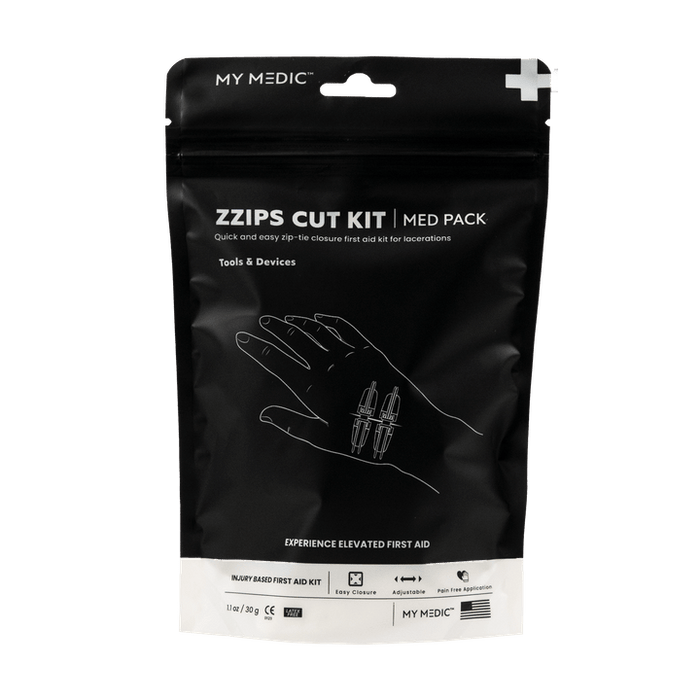
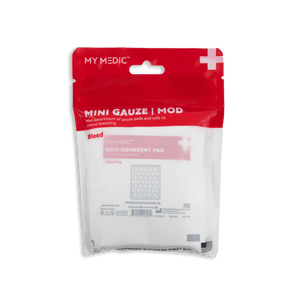 BLEED
BLEED
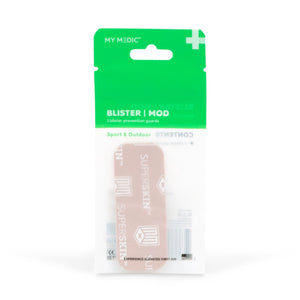 OUTDOOR
OUTDOOR
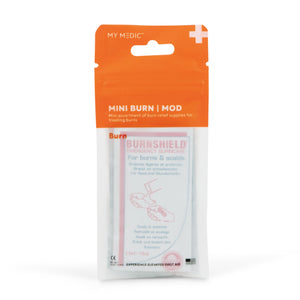 BURN
BURN
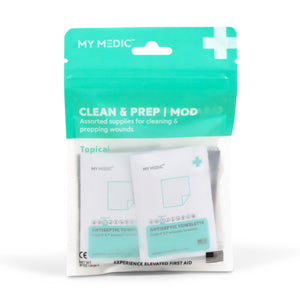 TOPICAL
TOPICAL
 MEDICATION
MEDICATION
 SPRAIN & FRACTURE
SPRAIN & FRACTURE
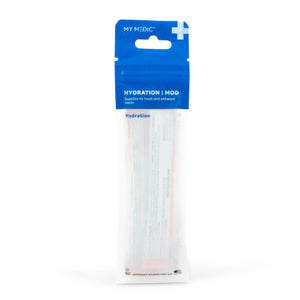 HYDRATION
HYDRATION
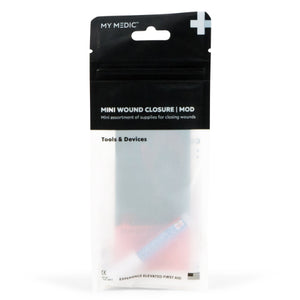 TOOLS & DEVICES
TOOLS & DEVICES
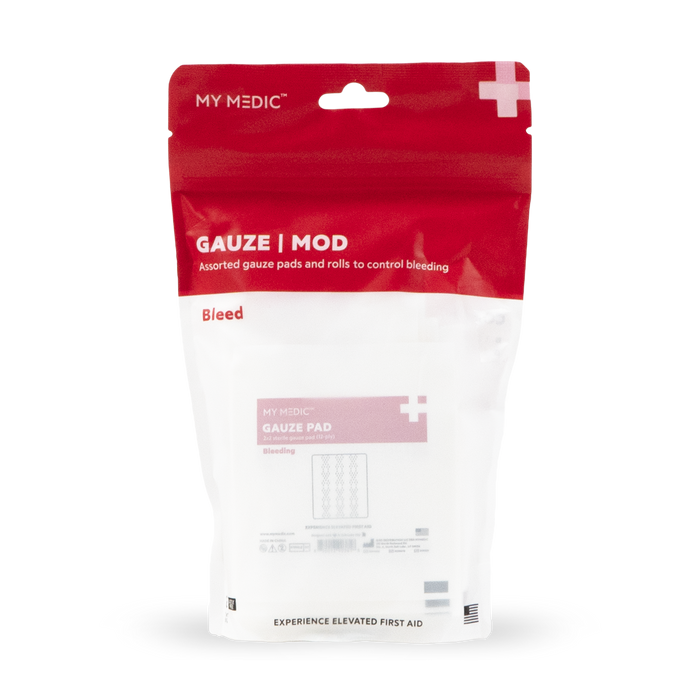
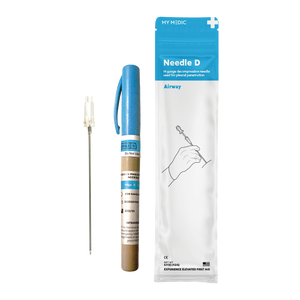 Supply Categories
Supply Categories
 Top Sellers
Top Sellers
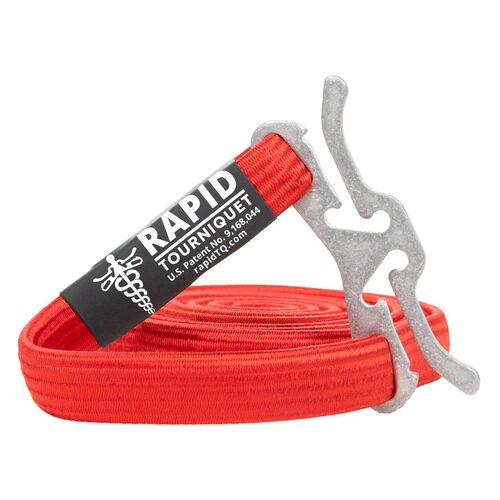






Great read. I teach active violence training and people are genuinely surprised when we cover bleeding control and the various types of methods used to stop life threatening bleeding.
———
My Medic replied:
Hey Eric, you’re out here teaching all kinds of life skills! Thanks for helping keep people prepared and safe!
Good infro thank you
———
My Medic replied:
Hey Meredith, we’re glad you found it helpful! Stay safe out there!
Leave a comment